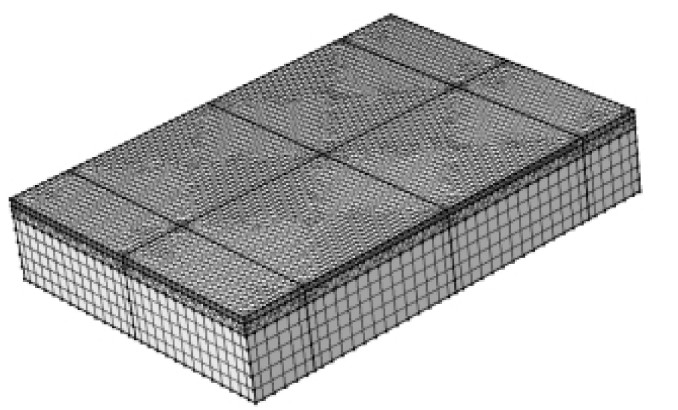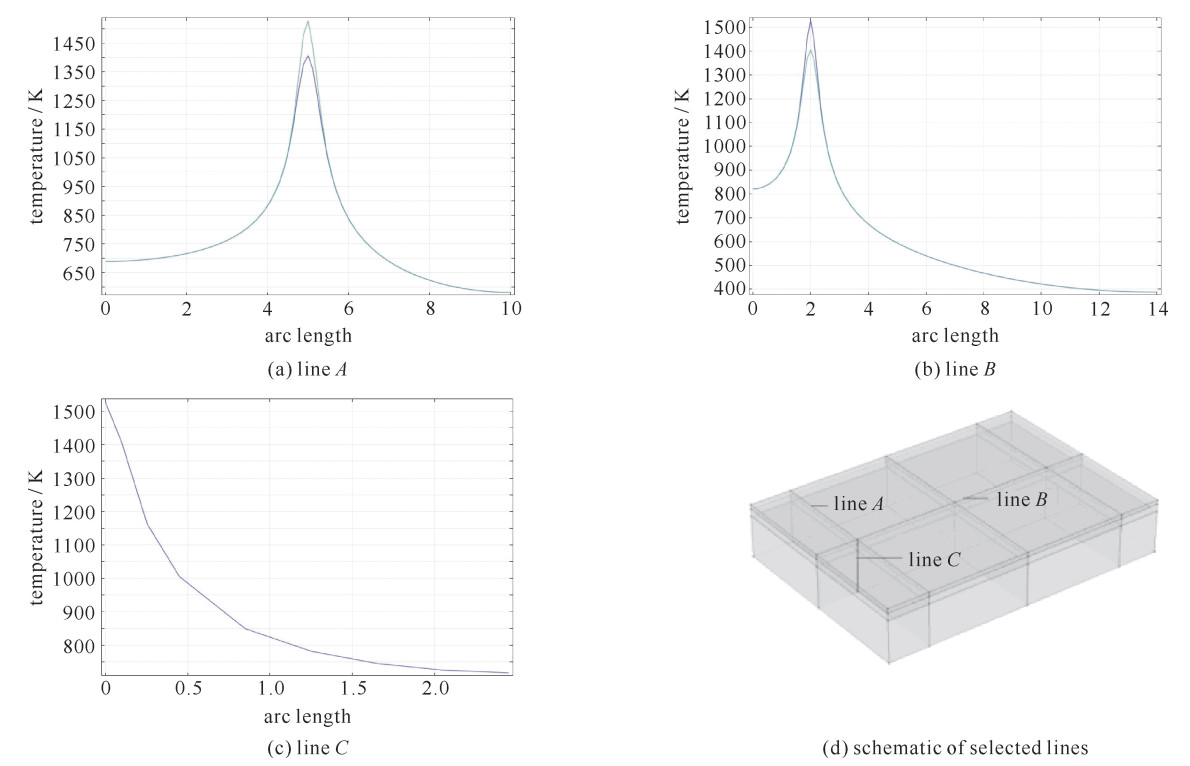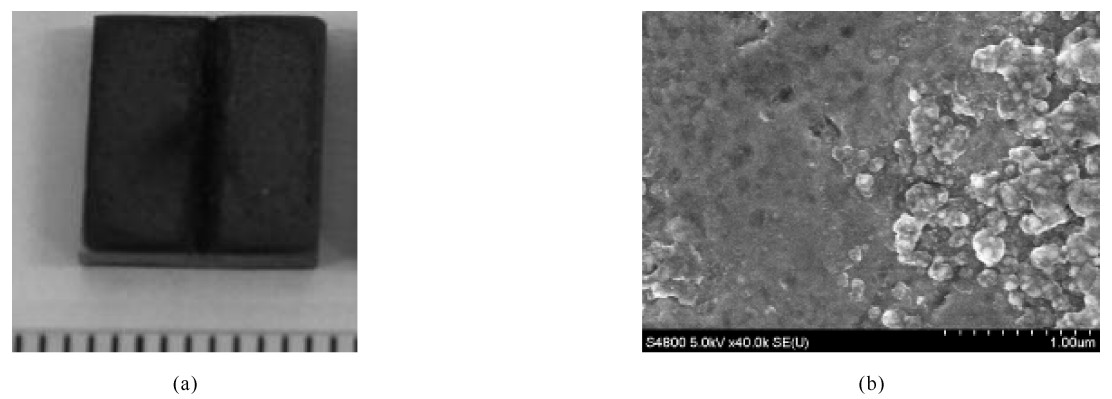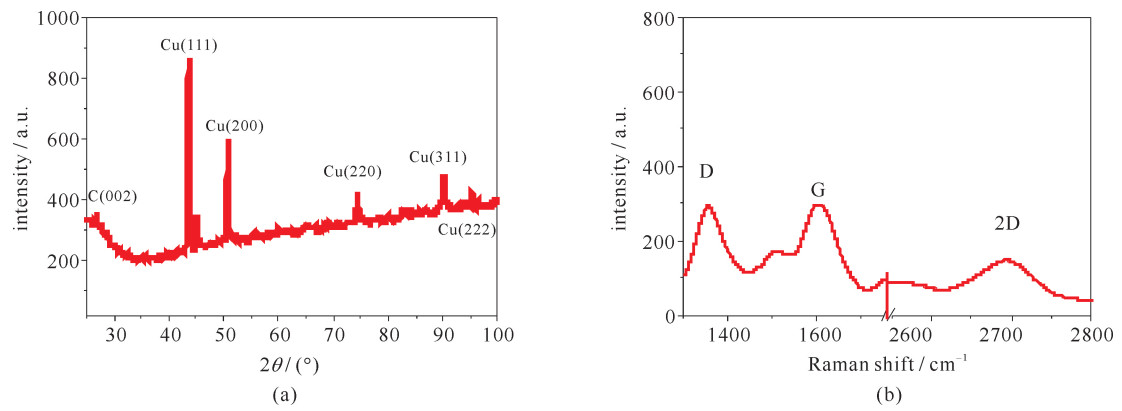Numerical simulation of temperature field distribution for laser sintering graphene reinforced copper composites
-
摘要: 在激光烧结石墨烯增强铜基复合材料的过程中,了解瞬时温度场分布对优化工艺参数、控制烧结质量有重要作用。建立了激光烧结预涂在42CrMo基板上的石墨烯铜的混合粉末的有限元模型。研究了激光烧结过程温度场分布,熔池的几何参数以及烧结层与基体的冶金结合宽度。为了验证模拟结果,使用与模拟相同的参数进行了单道激光烧结的实验。研究表明,热传导、热辐射和相变潜热在激光烧结过程的温度场分布中起重要作用。实验结果与模拟结果较为一致。所以可以依据模拟结果预测实验的温度场分布和熔池几何参数,同时也可以据此优化激光烧结参数。Abstract: Transient temperature field distribution is important for laser sintering graphene reinforced copper matrix composites. It is still difficult to measure the temperature field directly today. Numerical simulation was normally utilized to study the distribution of temperature field. Finite element models were employed to simulate the laser sintering of graphene and copper mixture coatings on 42CrMo base plate. The temperature distribution, the geometrical parameters of the melting pool, the width of metallurgical bonding were investigated. In order to verify simulation results, single-track experiments were performed with the same laser sintering parameters as used in simulation. It was proved that convection and radiation heat transfer, and the latent heat of phase transition play the major roles in the laser sintering process. Simulation results are consistent with experiment results under the same processing parameters. Based on simulation results, the temperature field distribution and the geometrical parameters of the melting pool can be predicted. Thus, according to these guidelines, the optimal laser sintering parameters can be decided.
-
Key words:
- laser sintering /
- temperature field /
- composite /
- graphene
-
表 4 不同激光功率模拟在3.5 s时的结果
Table 4. Simulation results under different laser power at 3.5 s
simulation laser power/W highest temperature of coating layer surface/K highest temperature of joint surface /K depth of melting pool /mm width of metallurgical bonding at joint surface/mm SP1 70 1477 1290 0.9 0 SP2 90 1528 1400 0.1 0 SP3 110 1837 1560 0.11 0 表 5 不同扫描速度模拟在3.5 s时的结果
Table 5. Simulation results under different scanning speed at 3.5 s
simulation scan speed /(mm·min-1) highest temperature of coating layer surface/K highest temperature of joint surface /K depth of melting pool /mm width of metallurgical bonding at joint surface/mm Sv1 2 1528 1400 0.1 0 Sv2 4 1337 1210 0.08 0 Sv3 6 1224 1120 0 0 表 6 不同激光功率的实验结果(3.5 s)
Table 6. Experiment results under different laser power at middle of laser scanning line (3.5 s)
experiment laser power/W depth of melting pool/mm width of metallurgical bonding at joint surface/mm EP1 70 0.05 0 EP2 90 0.1 15 EP3 110 0.12 0.05 -
[1] Lin D, Liu R C, Cheng G J. Laser sintering of separated and uniformly distributed multiwall carbon nanotubes integrated iron nanocomposites[J]. Journal of Applied Physics, 2014, 115 : 113513. doi: 10.1063/1.4869214 [2] Lin D, Saei M, Suslov S, et al. Super-strengthening and stabilizing with carbon nanotube harnessed high density nanotwins in metals by shock loading[J]. Sci Rep, 2015, 5: 15405. doi: 10.1038/srep15405 [3] Kruth J P. Material incress manufacturing by rapid prototyping techniques[J]. CIRP Annals-Manufacturing Technology, 1991, 40 (2): 603-614. doi: 10.1016/S0007-8506(07)61136-6 [4] 任继文, 彭蓓. 选择性激光烧结技术的研究现状与展望[J]. 机械设计与制造, 2009(10): 266-268. https://www.cnki.com.cn/Article/CJFDTOTAL-JSYZ200910107.htmRen Jiwen, Peng Bei. Reviews and prospects for selective laser sintering(SLS). Machinery Design & Manufacture, 2009(10): 266-268 https://www.cnki.com.cn/Article/CJFDTOTAL-JSYZ200910107.htm [5] Díaz E, Amado J M, Montero J, et al. Comparative study of Co-based alloys in repairing low Cr-Mo steel components by laser cladding[J]. Physics Procedia, 2012, 39 (39): 368-375. [6] Cervera G B M, Lombera G. Numerical prediction of temperature and density distributions in selective laser sintering processes[J]. Rapid Prototyping Journal, 1999, 5 (1): 12-26. doi: 10.1108/13552549910251837 [7] Carter J L, Krumhansl J A. Band structure of graphite[J]. The Journal of Chemical Physics, 1953, 21 (12): 2238-2239. doi: 10.1063/1.1698840 [8] Balandin A A, Ghosh S, Bao W, et al. Superior thermal conductivity of single-layer graphene[J]. Nano Letters, 2008, 8 (3): 902-907. doi: 10.1021/nl0731872 [9] Novoselov K S, Geim A K, Morozov S V, et al. Electric field effect in atomically thin carbon films[J]. Science, 2004, 306 (5696): 666-669. doi: 10.1126/science.1102896 [10] Lee C, Wei X, Kysar J W, et al. Measurement of the elastic properties and intrinsic strength of monolayer graphene[J]. Science, 2008, 321 (5887): 385-388. doi: 10.1126/science.1157996 [11] Lee C, Wei X, Li Q, et al. Elastic and frictional properties of graphene[J]. Physica Status Solidi (B), 2009, 246 (11/12): 2562-2567. [12] 胡增荣, 童国权, 张超, 等. 激光烧结石墨烯-铜纳米复合材料性能研究[J]. 强激光与粒子束, 2015, 27: 099001. doi: 10.11884/HPLPB201527.099001Hu Zengrong, Tong Guoquan, Zhang Chao, et al. Corrosion resistance and hardness of laser sintered graphene-copper nanocomposites. High Power Laser and Particle Beams, 2015, 27: 099001 doi: 10.11884/HPLPB201527.099001 [13] Lin D, Suslov S, Ye C, et al. Laser assisted embedding of nanoparticles into metallic materials[J]. Applied Surface Science, 2012, 258 (7): 2289-2296. doi: 10.1016/j.apsusc.2011.09.132 [14] Sharma P, Dubey A K, Pandey A K. Numerical study of temperature and stress fields in laser cutting of aluminium alloy sheet[J]. Procedia Materials Science, 2014, 5 : 1887-1896. doi: 10.1016/j.mspro.2014.07.510 [15] Sharma P, Dubey A K, Pandey A K. Numerical study of temperature and stress fields in laser cutting of aluminium alloy sheet[J]. Procedia Materials Science, 2014, 5 : 1887-1896. doi: 10.1016/j.mspro.2014.07.510 [16] 沈以赴, 顾冬冬, 余承业, 等. 直接金属粉末激光烧结成形过程温度场模拟[J]. 中国机械工程, 2005, 16 (1): 67-73. https://www.cnki.com.cn/Article/CJFDTOTAL-ZGJX200501017.htmShen Yifu, Gu Dongdong, Yu Chengye, et al. Simulation of temperature field in direct metal laser sintering processes. China Mechanical Engineering, 2005, 16 (1): 67-73 https://www.cnki.com.cn/Article/CJFDTOTAL-ZGJX200501017.htm [17] Zakharchenko K V, Fasolino A, Los J H, et al. Melting of graphene: from two to one dimension[J]. Journal of Physics: Condensed Matter, 2011, 23 : 202202. doi: 10.1088/0953-8984/23/20/202202 [18] Pop E, Varshney V, Roy A K. Thermal properties of graphene: Fundamentals and applications[J]. MRS Bulletin, 2012, 37 (12): 1273-1281. doi: 10.1557/mrs.2012.203 [19] Jagannadham K. Thermal conductivity of copper-graphene composite films synthesized by electrochemical deposition with exfoliated graphene platelets[J]. Metallurgical and Materials Transactions B, 2011, 43 (2): 316-324. [20] Roberts I A, Wang C J, Esterlein R, et al. A three-dimensional finite element analysis of the temperature field during laser melting of metal powders in additive layer manufacturing[J]. International Journal of Machine Tools and Manufacture, 2009, 49 (12/13): 916-923. [21] Deng D, Murakawa H. Numerical simulation of temperature field and residual stress in multi-pass welds in stainless steel pipe and comparison with experimental measurements[J]. Computational Materials Science, 2006, 37 (3): 269-277. doi: 10.1016/j.commatsci.2005.07.007 期刊类型引用(2)
1. 于博,张敏,余水淋,康小录. 霍尔推力器羽流对S波段电磁波的衰减研究. 中国空间科学技术. 2019(05): 19-27 .  百度学术
百度学术2. 孟令辉,任洪波,刘建晓. 高温等离子体中太赫兹波的传输特性. 物理学报. 2018(17): 102-106 .  百度学术
百度学术其他类型引用(3)
-





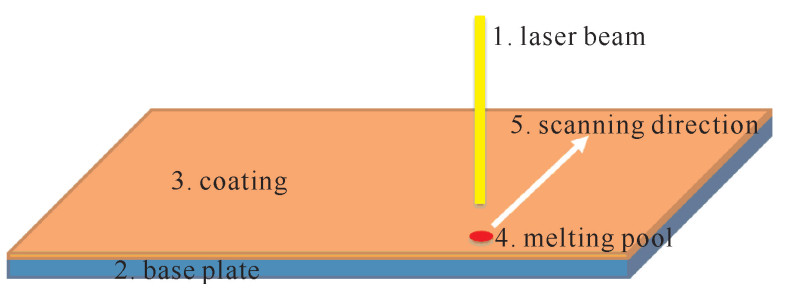
 下载:
下载:
